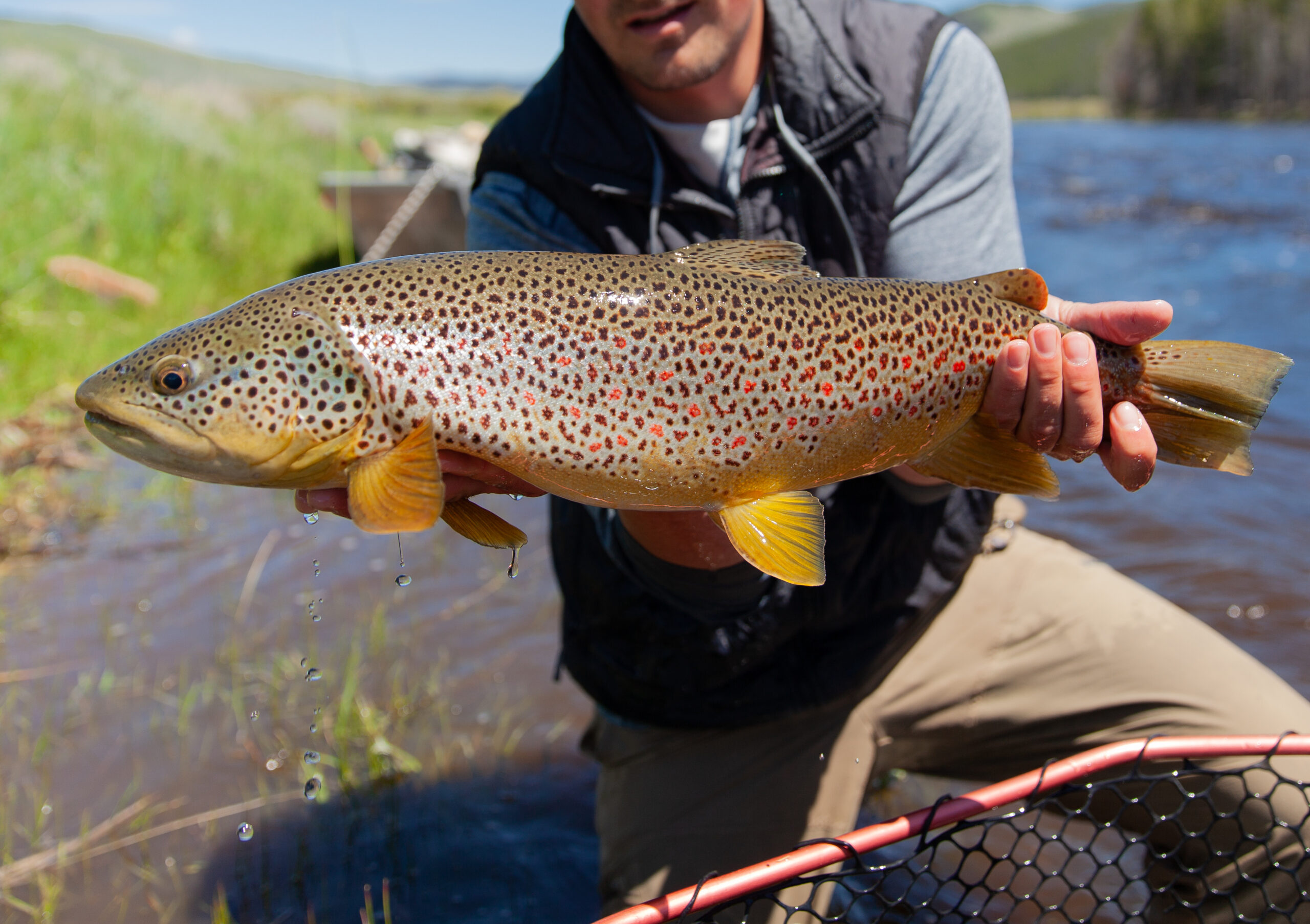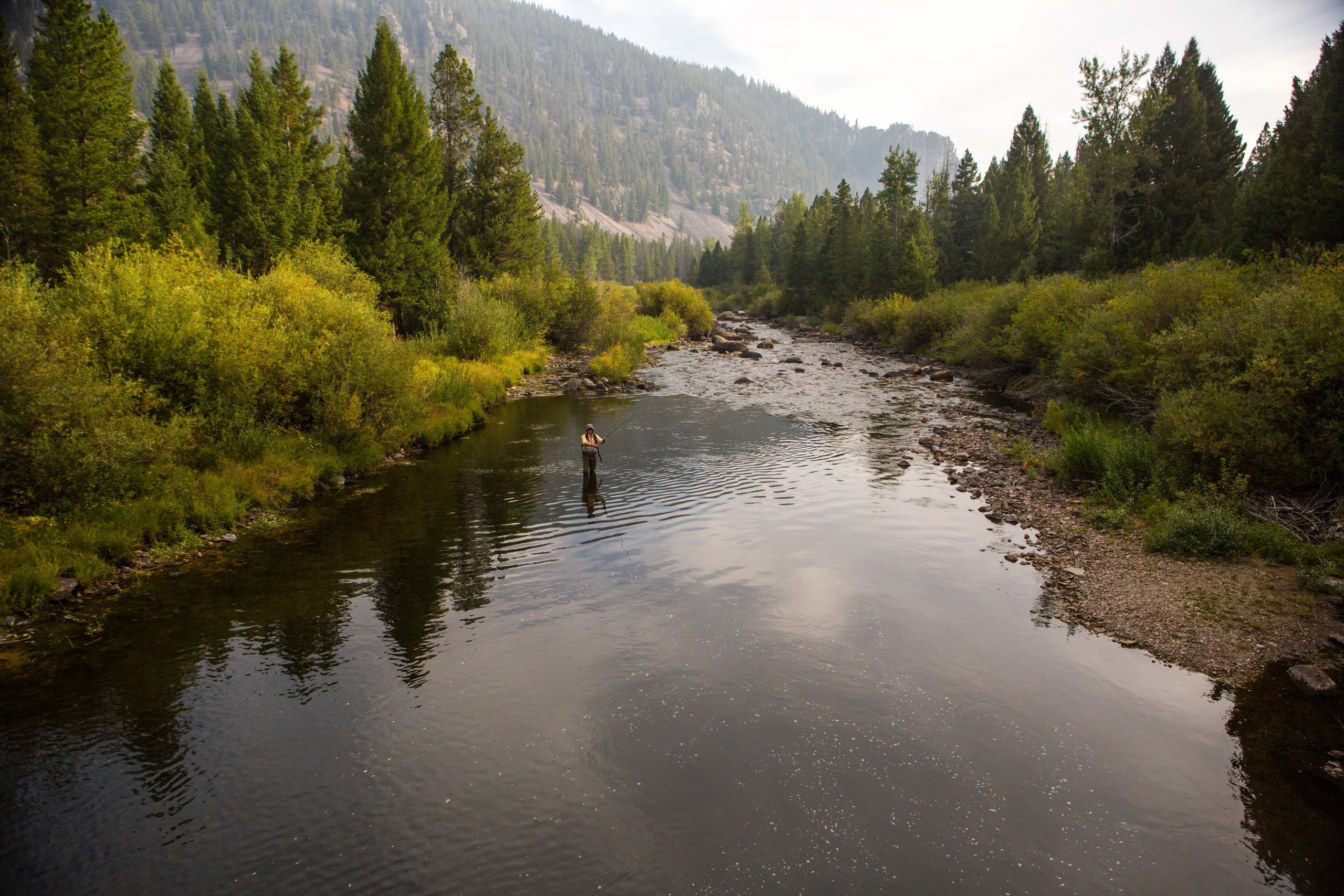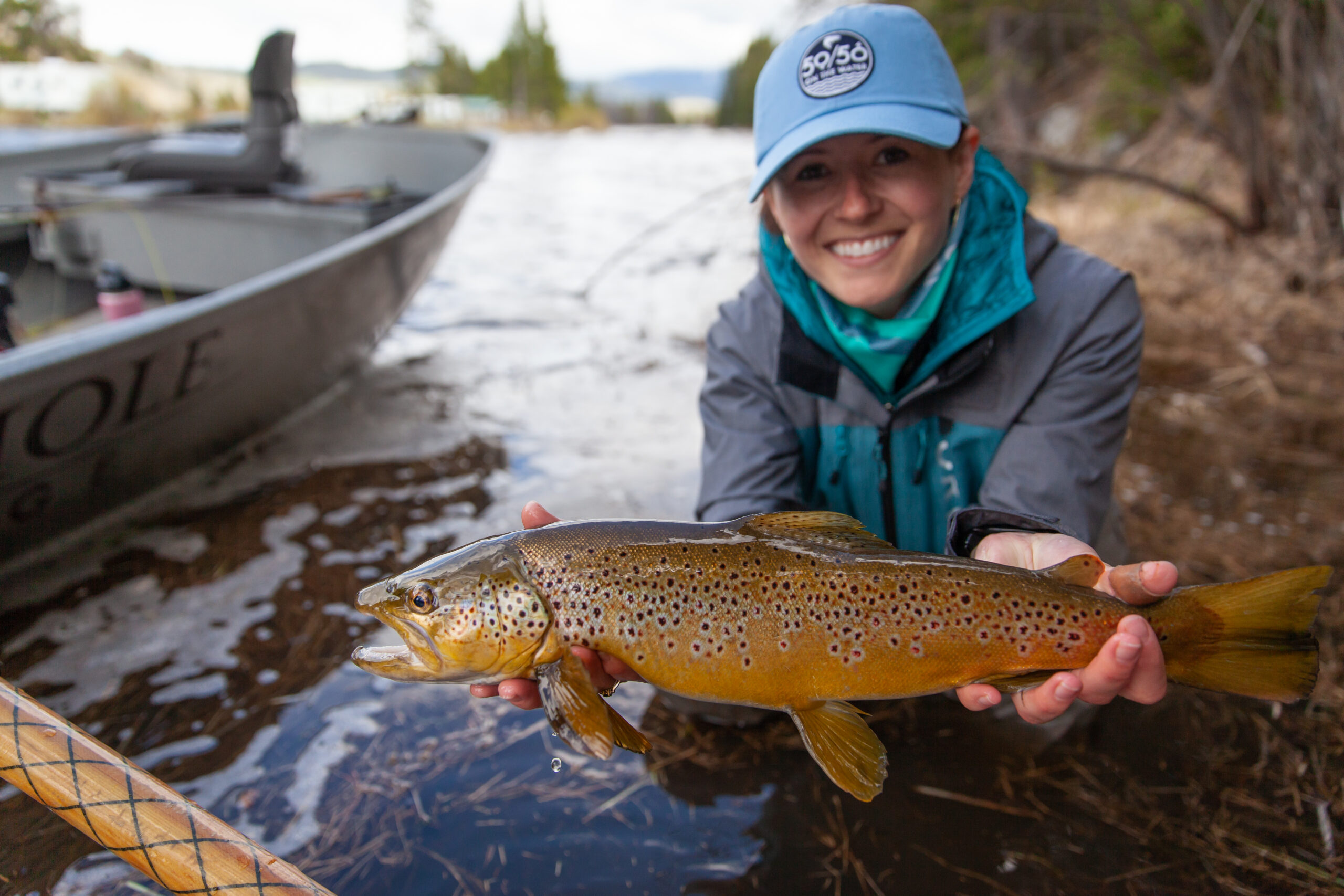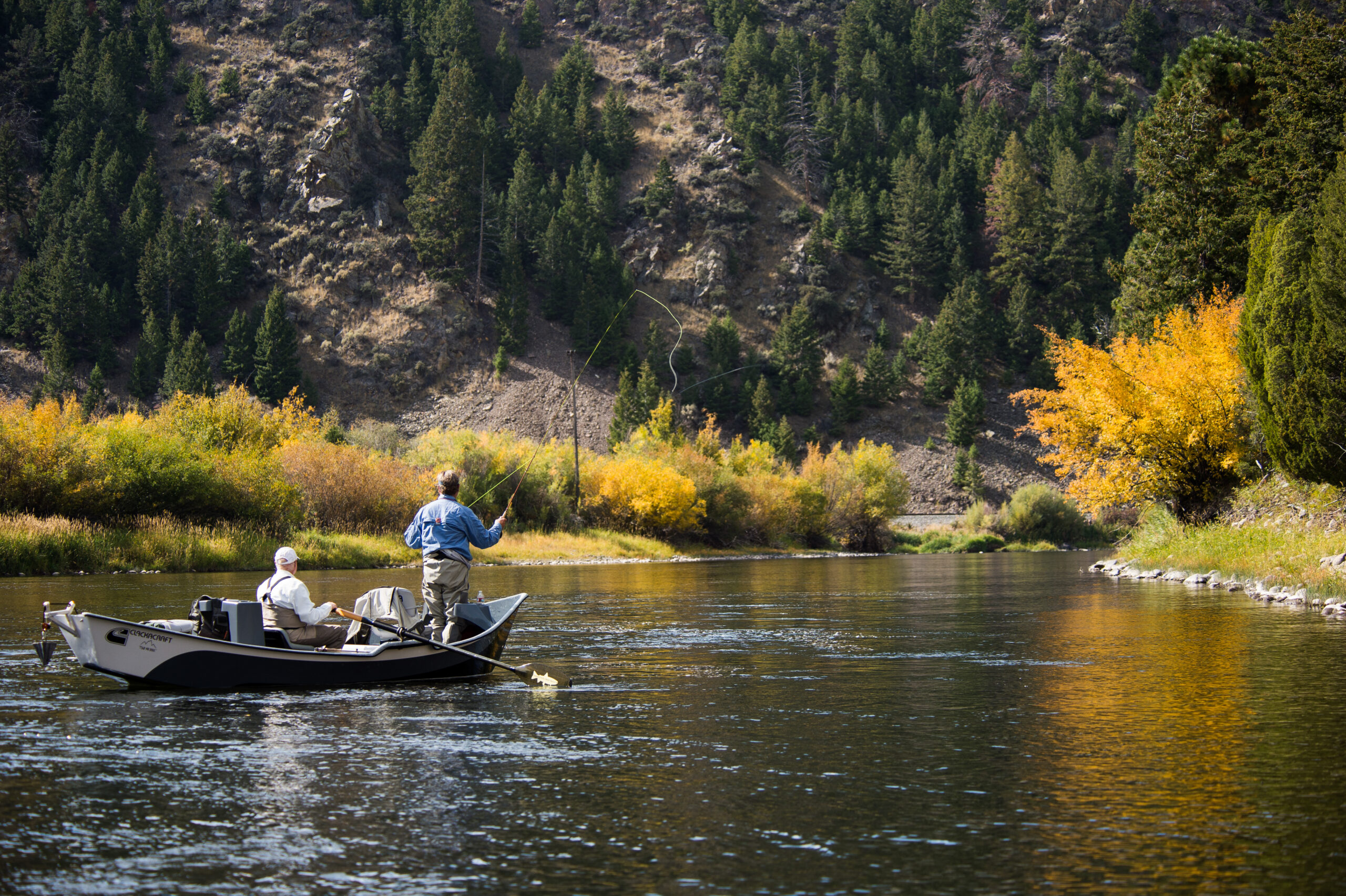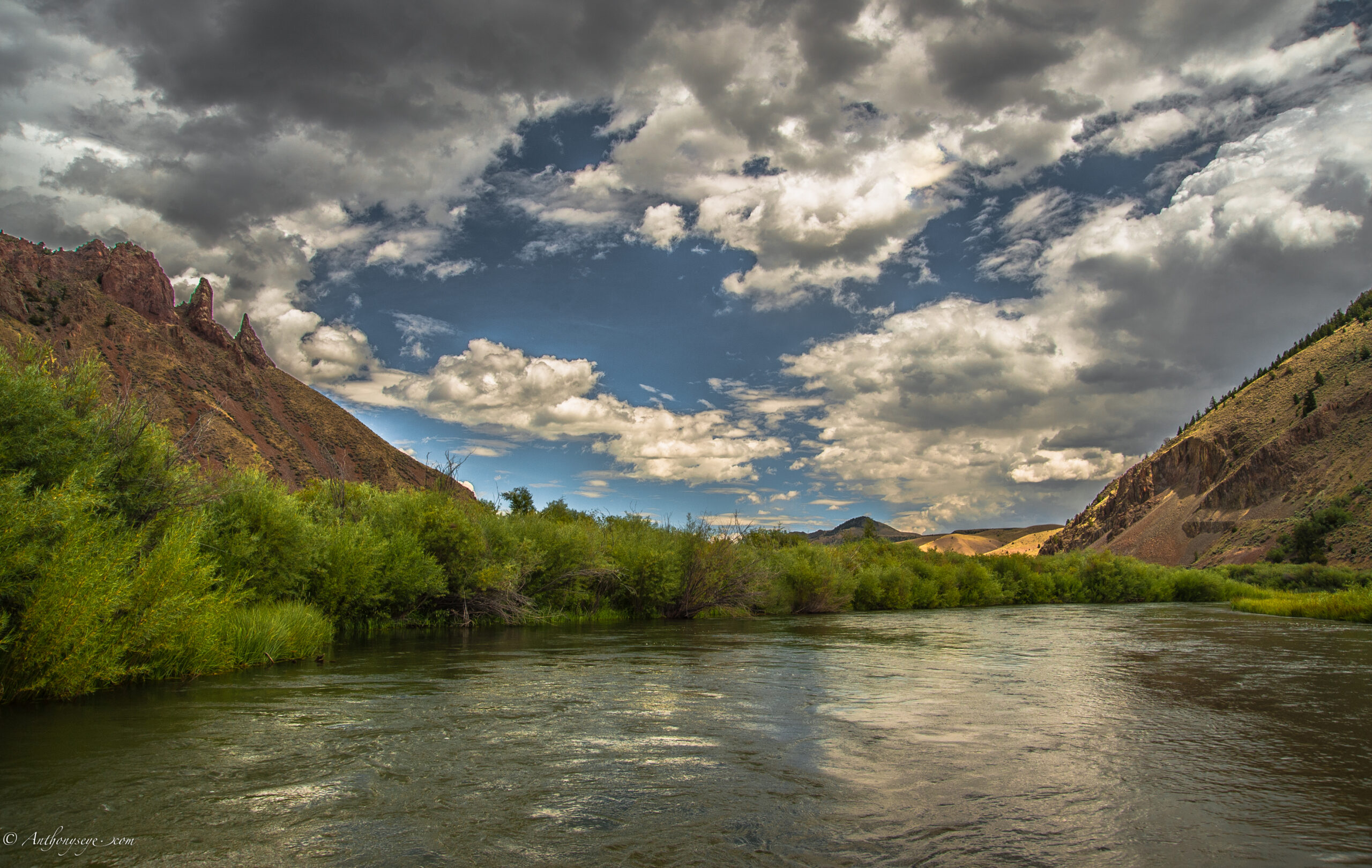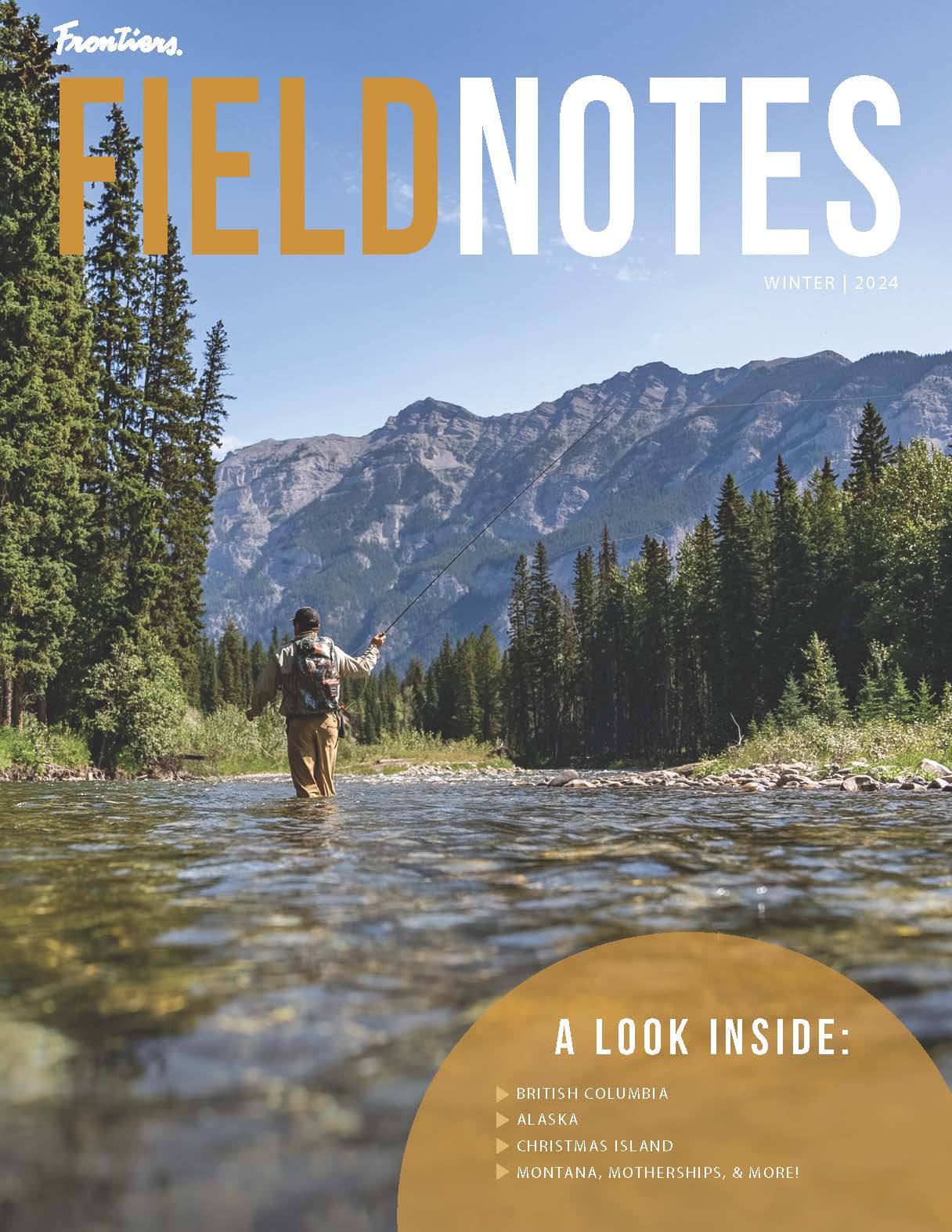The Current State of Fly Fishing in Montana
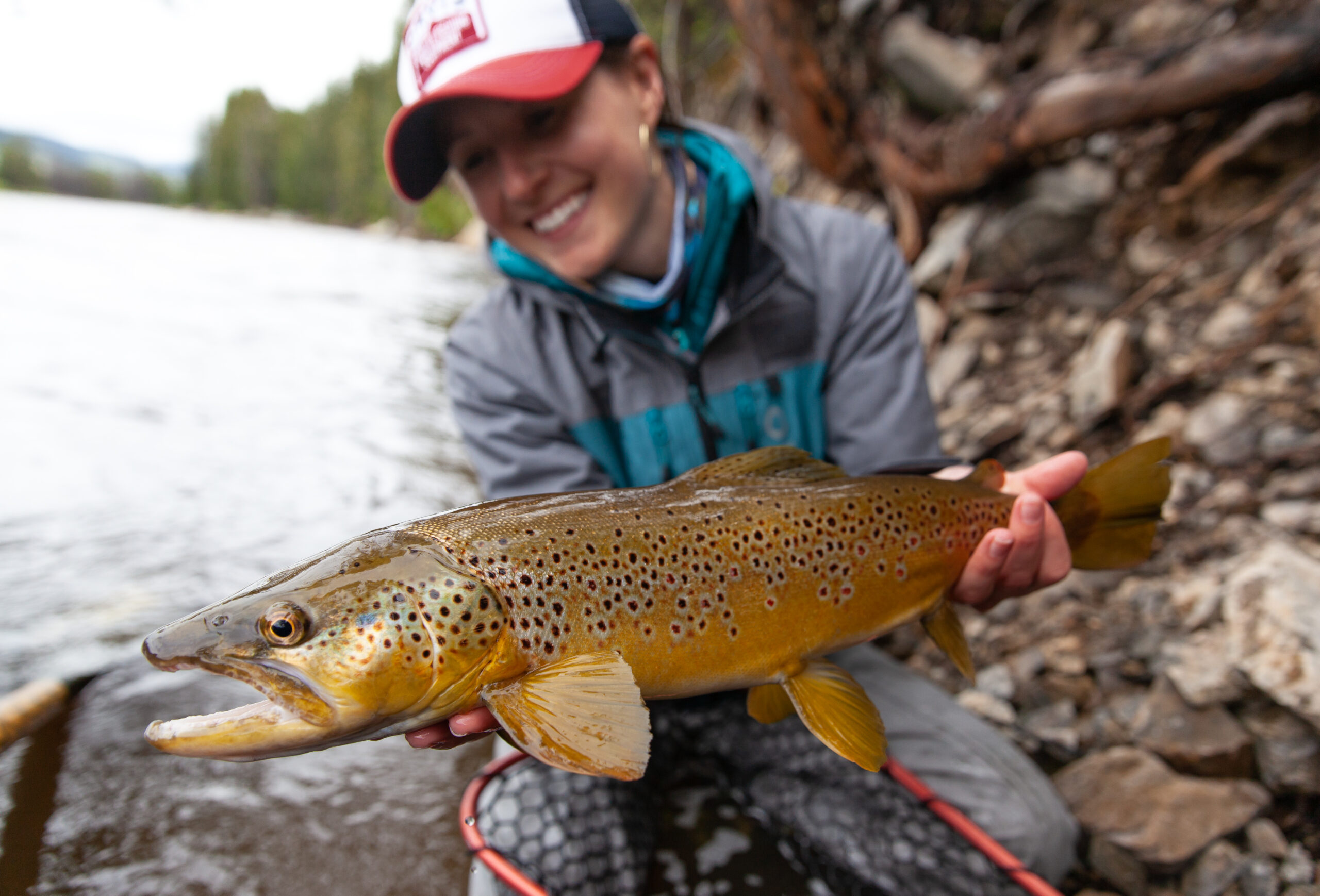
Fly fishing lodges are like any other well-run organization – a good product and customer experience starts at the top. Whether it is your first destination fishing excursion or your fiftieth, your trip-of-a-lifetime begins with the leadership and guidance of the lodge owners and outfitters. These folks have a depth of knowledge and insight into their local waters (destinations for the rest of us) that is beyond compare. We recently got together on a call with Wade Fellin (Co-owner and manager of Big Hole Lodge), Mike Geary (Owner of Healing Waters Lodge and Lewis and Clark Outfitters), and Brandon Boedecker (Owner of PRO Outfitters and North Fork Crossing Lodge) and discussed topics that are important to anyone considering a fly-fishing trip to the American West. Read on to see what they had to say about the current conditions, outlook for the season, conservation, challenges, and reasons to be optimistic for the future of Montana’s great trout fishing resource.
Please Note: The discussion has been edited for clarity and conciseness. The original recording of the discussion has been included for your viewing pleasure.
Q: When a guest comes to your lodge, what’s something that you want them to take away from the experience?
Wade: We want people to leave better than they started, of course, but then also able to go practice throughout the year on their home waters. Then, come back and do better the following year.
Brandon: With everything that’s going on in the industry, it’s a little bit refreshing to actually teach somebody how to fish as opposed to putting a bobber on and going down the river. You know, there’s river snow where people think they don’t have a good day unless they catch 50 fish a day. But you take those people that catch 50fish and …I mean, they don’t understand how to mend or how the fly rod works or how to cast. So, I think it’s important as we move forward to be teachers as much as anything, to teach people how to fish in hopes that when they go back to wherever they’re from, the East coast or something, they’ve learned how to cast or learn knots and they can go be independent and, then come back and learn more every year. As we move forward, I think that’s what’s going to separate some outfitters from others is the ability to teach people how to fish and the whole experience.
Mike: What we all share – fishing is a joyous thing to do. So, I hope we convey a sense of fun, a sense of joy. I hope our guides do. Every fly fishing person starts at a place where you make more mistakes and have more problems than success, but that’s just the process. You know, you’d be undoing knots all day long, but when you’re done undoing knots, you can sit around and look at the rest of the world and tell it to go to hell for a little bit. So that’s why[we say] “let’s have some fun doing this!”
Q: How do you set expectations for people that may not have a lot of fishing experience or perhaps have been influenced by what they see on social media?
Brandon: Everybody wants a tug on the end of their rod, but it’s kind of the whole package. It’s about seeing Montana. It’s about fishing. It’s about camaraderie. It’s about putting your cell phones down. Just enjoy the outdoors and unplug and see what happens. It’s important for all of us, I think, to emphasize the experience as much as how many fish you’re going to catch.
Mike: In the spring, we had three schools, and it was cold. The fishing was difficult. You know, guys come in and say, “oh, caught six fish”. Well really under those conditions, that was really an accomplishment. And we see that on the Smith River. You know, there’s some days where people catch two or three fish that’s really a hell of an effort. I do believe that for guiding, guides work harder the days you catch fewer fish than the days that (the fishing is) easy.
Wade: I think each of the three of us, and my dad included who’s not here right now, but there’s so much knowledge that we have wrapped up in, in our little southwest Montana corner that I think would be not only very useful, but from a marketing standpoint, marketing the right way to fish. Like, why don’t we just tie San Juan worms all day long? Why do we spend all this time on this little, teeny dry fly? And when is that useful and what is the moment that I get to take that out of my box and put that on a trout. So, trying to also get away from the daily, just post whatever’s the first photo in the phone and be more intentional and meaningful.
Q: What are some of the things that you’re most excited about for this season in particular?
Brandon: Everybody wants a tug on the end of their rod, but it’s kind of the whole package. It’s about seeing Montana. It’s about fishing. It’s about camaraderie. It’s about putting your cell phones down. Just enjoy the outdoors and unplug and see what happens. It’s important for all of us, I think, to emphasize the experience as much as how many fish you’re going to catch.
Mike: In the spring, we had three schools, and it was cold. The fishing was difficult. You know, guys come in and say, “oh, caught six fish”. Well really under those conditions, that was really an accomplishment. And we see that on the Smith River. You know, there’s some days where people catch two or three fish that’s really a hell of an effort. I do believe that for guiding, guides work harder the days you catch fewer fish than the days that (the fishing is) easy.
Wade: Yeah, we’re looking forward to having water through the year. This past winter was a lot better than the last three winters. In this neck of the upper Big Hole Valley, we’re in pretty good shape. And over Mike’s way around the Beaverhead and Madison ranges, there’s a lot of snow. So that’ll be helpful.
Mike: It seems to me there’s not a problem in Montana that can’t be fixed with water.So having a good water year literally lifts all boats.
Brandon: This is the time of year when the big bugs start popping. We’re looking forward to salmon flies and golden stones. The main hatches that everybody wants to come to Montana and catch are about to start. It’s an exciting time to be gearing up for that. Whether you’re on the Big Hole, the Blackfoot, the Smith, you know, all of them kind of start to pop. It’s a fun time to be in Montana.
Q: What’s the progression through the season look like on your local waters?
Mike: When the high water occurs, which has occurred, it’s hunting around for clear water. And so, for us, sometimes that’ll mean some private property where we have access to some ponds or clear streams. And then the primary floating months for us are June and July. When summertime comes around again, now we’re hunting for cold water. That’s when we start to lean into the private waters that we lease, which are smaller creeks and streams. By the time September rolls around, my feeling is from September 15thto October 15th is the best time to fish in Montana. I think all the rivers have kind of been revitalized. We have less people in the state. The leaves are turning. You can get a snowstorm, but if you give it 48hours, you’re gonna get some 60 degree temperature. It’s just a great time to be in Montana. And our goal [throughout the season] as a lodge owner and a guide is to hunt for the best opportunity to fish you can for your clients.
Brandon: I would agree with Mike. There isn’t a better time to be in Montana than the fall. Really, as far as weather, fewer people, and the fishing can be fantastic. The hunting can be fantastic. It’s just, there’s something special about that crisper weather that comes with September and turning the leaves.
Mike: I mean, honest to God, it is special. You know, you kind of get worn out with the season, but there are some fall days that just take your breath away. It just makes you happy to be alive.
Wade: It’s spectacular. Everybody goes back to school. After the first frost, the cottonwoods stop sucking water. People can’t irrigate the fields after they’ve frozen. So that late August into September, some of the rivers into October fish really well. You do get a recharge and, you know, pull the boats back out on sections that weren’t floatable in early August.
Q: What’s everyone’s thoughts on the current situation when it comes to Montana’s conservation?
Mike: We need to start identifying what we can do and what are the avenues for progress in conservation. All of us are involved in Trout Unlimited and one of the things that makes Trout Unlimited so important, is it’s able to house institutional knowledge. If they fought a mine, the blueprint on how to potentially stop a mine is already there. And in our state, we’re so fortunate because we have such an active and qualified executive board that are paid to work on projects in Montana. So that’s one avenue. The other one is when you work with your government agencies. And for us in this state… it seems to me the least effective way to help fish. And then I would say the other avenue for us to try to get something done is legally, [making]somebody accountable for bad behavior. Itis trying to use the law to your benefit to get something done.
Wade: I think if our clientele, the folks we have in the boat and walking with us with shotguns, have an opportunity to talk to Montana, not just the reviews they sign about their experience at our lodge or give to Frontiers at the end of their trip. But if we can get people more involved in talking to our state about what they’ve seen, over 30 trips to Big Hole Lodge or 30trips to Healing Waters Lodge… We’re at a Captain’s for Clean Water-sized moment. There are a lot of people with a lot of experience in the game from the guide and outfitting side that need to come together and talk about these issues like Mike’s talking about. What’s going on in the Smith is also going on in the Bitterroot right now. They’re looking at an open pit mine for car batteries. This is a mecca, like Chile or New Zealand – Southwest Montana, Central Montana, Northern Montana – this is what people think of when they think of a domestic fishing or hunting mecca. And before we have to spend millions and millions of dollars to restore things, we have an opportunity to come together and put in better legislation, enforce the laws that are on the books, and use targeted litigation to hold feet to the fire.
Brandon: I think guides and outfitters can start working on this…We’ve really got some work to do both on the guiding and outfitting standpoint of decreasing some of our traffic on certain rivers or figuring out what the right equation is. There’s gotta be sacrifice on everybody’s part. It’s not just gonna be guides and outfitters. It’s also gonna be the general public. And tactics, like, not very many people were deep nymphing or euro nymphing. Now people have the tools online. You can just train to be just a fish predator. You can go in there and just wreck fish at times when maybe we shouldn’t be wrecking the fish, you know? We’ve got some serious work to do on some of these rivers that need management plans. It’s gonna take sacrifice all the way around the horn to protect these rivers so that people can keep coming and having a good experience. Because rarely do you ever hear, wow, the fishing here is so much better than when I used to come with my dad 25 years ago. You don’t hear that very often. So, it would be great to put some plans in place where the experience starts getting back to what it should be.
Wade: Right now, we have a nutrient problem in the recharging aquifer, but some water’s better than no water. We can work on cleaning that water up. But if we don’t have any water going back to the system because we have condos instead of cows… We have a chance now before it gets there is my point.
Mike: But we as a fishing community really need to speak up for that rather than always be reactive. I think we gotta find a way to legally hit someone in the mouth. So, what I do like about TU and the Smith River is that they have proved to the mining community that in order to get a permit, the process will be rigorous. And really that was initiated by TU making sure DEQ checked all the boxes. That was done through a lawsuit. This is not agriculture versus recreation. This really goes upstream water user versus downstream water user. There has to be a consequence for somebody that’s stealing water.
Q: Whether it’s conservation working in a certain area or maybe just a certain fishery that seems to be on the rebound– Do you have optimism looking across the state or some of your local waters?
Brandon: Yeah, I think for us for sure in the Blackfoot Valley, the restoration work that’s going on tributary streams and feeder streams and some of the bull trout restoration work that’s going on. Talk about canary in the coal mine. It’s the Westslope cutthroat and the bull trout that need the cleanest, coldest water. Those projects definitely give you hope, and kind of give a model to some parts of the rest of the state on what to do. And look at what British Columbia and Canada is doing to protect their rivers. We could learn a lot from some of their single fly barbless stuff. We have a ways to go, but I think there’s hope. We’ve got a generation coming up of conservation minded folks that’ll help us get there. So yeah, I’m optimistic about the future.
Wade: Yeah, there’s the adage, “trout don’t live in ugly places”. This is a beautiful place that there seems to be less of as you drive around. Cities expand, and people left cities and are developing other areas. With all these issues we’re up against, there’s gonna be an urgency. From the outside at some point that will force these changes in Montana to protect these rivers. We’re approaching that moment quickly. And that does give me hope. We’re here at the table with a lot of experience and a lot of very invested business owners and guides and clients that can help guide this process and speak for these rivers now before it’s too late. So that gives me hope.
Mike: When we see things getting done, it’s at the local level. And that part is crucial. You can’t go to a state council meeting where you have 13 chapters represented over the state and find the volunteer work that these people are doing on the ground, making the difference year after year, and not feel good about your community and the people that you’re associated with. My message is, if you want change, you stay engaged. You become persistent, and you enjoy the people around you. You know, you fight the good fight and stay engaged.
Montana is one of our favorite places in North America for fishing and we encourage you learn more. If you’re interested in traveling to some of these incredible lodges, or others in the American West, contact Joe Koziara.




